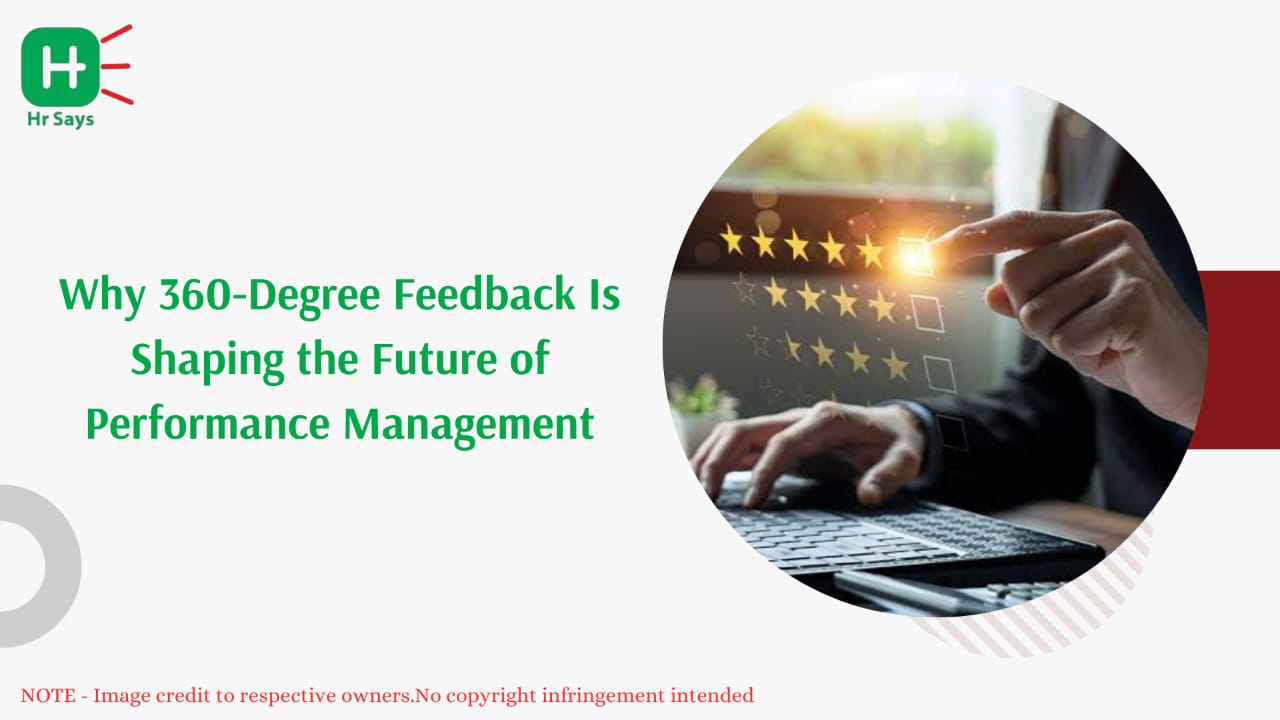What of the employee development that is not evaluated by the managers but by the peers, juniors and even clients? That is the 360-degree feedback promise. In a workplace there needs to be engagement, and performance, the two terms that are inseparable, the approach is transforming performance management in India and other countries.
Reasons Behind 360-Degree Feedback Being Different
Otherwise, unlike a more conventional appraisal, a 360-degree feedback will collect input views on several sides. It moves that traditional, one-dimensional rating, to a comprehensive analysis of skills, behavior and impact. The employees are evaluated not only in terms of what they can deliver but also in terms of how they can cooperate, guide also even in adapting.
This practice has a direct contribution to the best practice of employee performance management. With a mixture of different touchponds, organizations eliminate predispositions and develop a managerial or more open culture.
Why Is It Becoming Essential in Indian Workplaces?
The workplace in India is evolving fast. Hybrid work trends, shifting employee expectations, and digital tools are changing how performance is managed. Feedback that once came only during annual reviews now flows throughout the year.
● It supports employee engagement strategies for Indian companies
● It aligns with HR digital transformation trends 2025
● It helps address employee retention challenges in India
When employees feel seen from multiple angles, they are more likely to trust the process and stay invested in the company.
Benefits of 360-Degree Feedback for HR Leaders
The system is not just about feedback—it’s about growth. For HR professionals, it offers data-driven insights that guide better decisions.
● Identifies hidden strengths and blind spots
● Encourages accountability among teams
● Supports HR analytics and data-driven decision making
● Strengthens the link between performance reviews and development plans
These benefits directly tie into the larger HR role in organizational growth, making HR less about administration and more about strategy.
Challenges and How to Overcome Them
Of course, 360-degree feedback is not free of challenges. Bias, overcomplicated processes, or lack of follow-up can weaken its impact. To make it work:
● Use HR automation benefits for companies to streamline collection and analysis
● Train managers and employees on giving constructive feedback
● Focus on action plans, not just feedback reports
When paired with the right tools, it also aligns with HR tech trends in India 2025, ensuring the process is future-ready.
The Role of HR Leaders in Making It Work
For HR professionals, integrating 360-degree feedback means rethinking leadership styles. It demands openness, adaptability, and a culture where feedback is not feared but welcomed. It is also tied to career growth for HR professionals, since mastering modern appraisal methods is a crucial step toward leadership roles like CHRO.
At the same time, HR leaders in India are realizing that such practices improve building workplace culture in Indian companies, where collaboration and inclusivity define success.
Conclusion
360-degree feedback is not a passing trend—it is a shift toward fairness, transparency, and shared accountability. For Indian companies, it connects technology, engagement, and performance in one framework. The future of HR lies in practices that are holistic, and this method is at the heart of it.

 360-degree feedback is transforming employee performance management in India. By combining multiple perspectives, it builds fairness, supports HR analytics, and strengthens engagement. With digital transformation, it is becoming central to future-ready HR strategies.
360-degree feedback is transforming employee performance management in India. By combining multiple perspectives, it builds fairness, supports HR analytics, and strengthens engagement. With digital transformation, it is becoming central to future-ready HR strategies.












.jpeg)
.jpeg)

.jpeg)

.jpeg)


.jpeg)

.jpeg)

.jpeg)


